Think you’ve got your cat all figured out? You’re reading their body language like a pro, interpreting every meow and tail twitch with the confidence of a feline whisperer? Well, hold on there. Even the most devoted cat owner can misread their furry companion’s signals, sometimes in ways that could affect your bond or even your cat’s wellbeing.
Your cat isn’t trying to confuse you, honestly. They’re just speaking a complex language that we humans often oversimplify or completely misunderstand. Sometimes what looks like attitude is actually anxiety, or what seems like defiance might be a cry for help. Ready to decode what your feline friend is really trying to tell you? Let’s dive into the surprising truth behind those mysterious cat behaviors.
That “Angry” Stare Isn’t What You Think

You walk into the room and catch your cat staring at you with what looks like pure judgment. Those intense eyes seem to be saying “I know exactly what you did, and I’m not impressed.” Yet this intimidating gaze might actually be the complete opposite of anger.
That steady stare could be a slow blink, which is actually a sign of affection, and the idea that cats are judging us is widespread, but judgment requires a complex value system that cats don’t possess. This behavior is often referred to as a “cat kiss” or a “slow blink,” and cats interpret a slow blink as a sign of goodwill and relaxation. When your cat gives you that unwavering look, they might simply be relaxed and observing their environment.
Closing their eyes, even for a second, is a vulnerable act for cats in the wild, so it’s a big deal when your cat blinks or closes their eyes around you – it means they fully trust and love you. Next time you catch that “judgmental” stare, try slowly blinking back at your cat. You might be surprised by the affectionate response you get.
Scratching Your Furniture Isn’t Revenge

Your beautiful sofa is in shreds, and you’re convinced your cat is taking revenge for that vet visit last week. This destructive behavior feels personal, like your cat is deliberately trying to ruin your home. The reality is far more complex than simple spite.
Cats scratch to mark their territory, both visibly, with claw marks, and invisibly, by leaving the scent from their foot pads. Scratching surfaces allows cats to mark their territory, both with the visual cue of torn material and the chemical cue of a pheromone released from scent glands in their feet. Your cat isn’t plotting against you; they’re simply following their instincts to claim their space.
The furniture scratching often intensifies when cats feel their territory is threatened or when they’re stressed. If the scratching is widespread, you have a multi-cat household and/or you live in a densely cat-populated territory, the scratching may be anxiety-related, and even major building work within your home may trigger intensive scratching as your cat adjusts to its altered territory. Understanding this natural behavior can help you redirect it rather than taking it personally.
Elimination Problems Aren’t About Being Mad at You
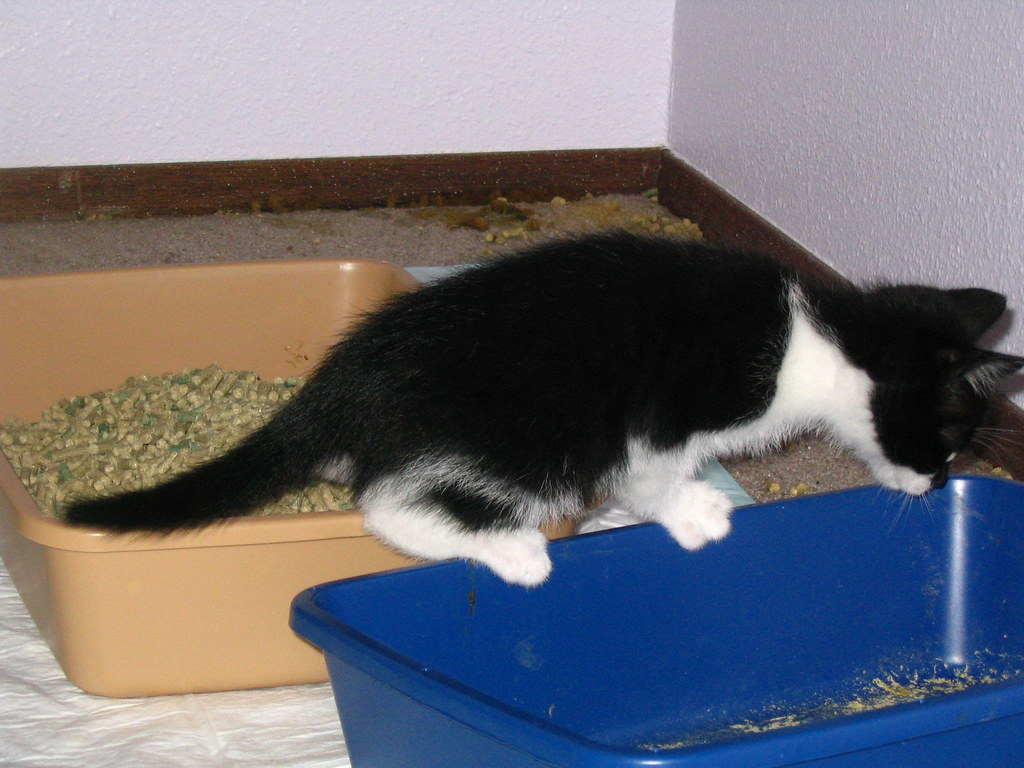
Finding cat waste outside the litter box feels like the ultimate betrayal. You’re convinced your cat is expressing their displeasure with you, especially when it happens right after you’ve returned from a trip or made changes to their routine. This assumption couldn’t be further from the truth.
Cats who eliminate outside the box aren’t mad, they’re just stressed out, as they don’t know you are going on vacation and all they know is their favorite person is gone, the routines you two have established are out the window, and they have no idea when or if you will be back. This behavior is self-soothing, and if they wait until you get back to do it, it’s not because they are expressing their anger but because they are expressing their desire to be closer to you so you don’t leave them again.
If cats are going to the bathroom beside the litter box, that is usually an indication that they have an issue with their setup. Medical issues, litter box cleanliness, location problems, or stress are the real culprits behind elimination issues. Your cat has a very limited range of tools for expressing themselves, and this behavior is often a desperate attempt at communication rather than revenge.
Purring Doesn’t Always Mean Happiness
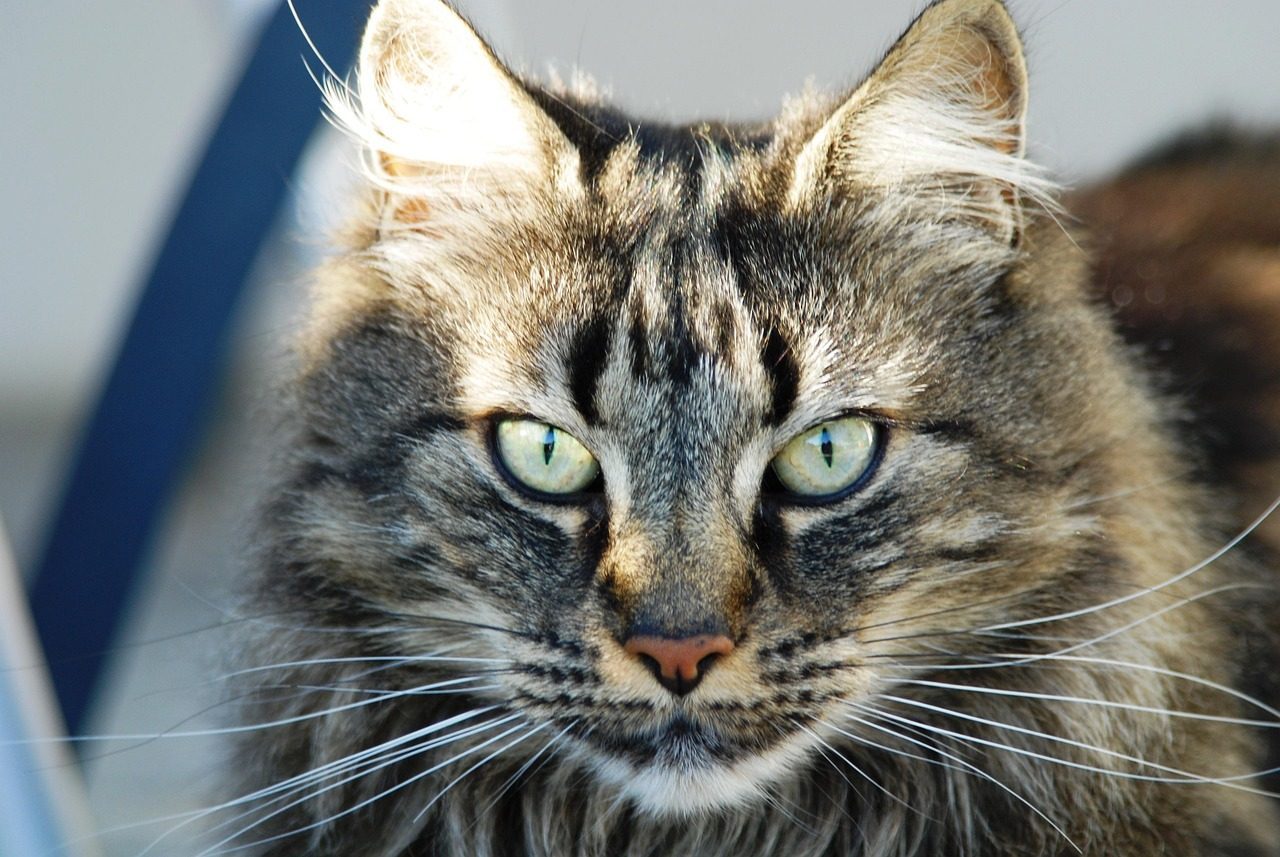
The sound of a purring cat seems like the ultimate sign of contentment. You hear that gentle rumble and assume your feline friend is blissfully happy, living their best life in your lap. While purring often does indicate satisfaction, this isn’t the whole story.
In some cases cats purr when they’re stressed – it can be a way of self-soothing, and cats also purr when they’re in pain for the same reason. While purring is often heard at times of contentment, it’s also heard out of fear and aggression, and in the throes of death. Your cat might purr during veterinary visits, when they’re injured, or in stressful situations as a way to comfort themselves.
Think of purring like human crying, it can express multiple emotions. A stressed cat might purr to release natural pain-relieving chemicals in their brain, similar to how humans might hum or rock themselves when anxious. Pay attention to the context and your cat’s body language to understand what their purring really means.
Kneading You Isn’t Just About Comfort
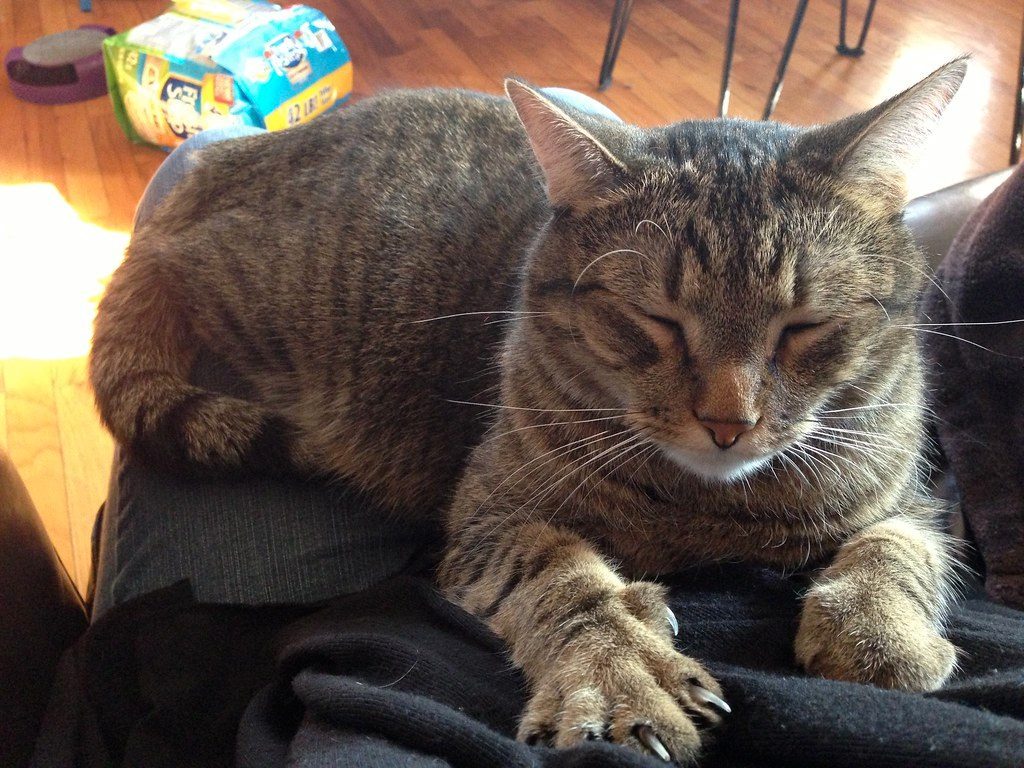
When your cat settles on your lap and starts that rhythmic pressing motion with their paws, you probably think they’re just getting comfortable or showing affection. While these are certainly possibilities, the behavior is more multifaceted than simple contentment.
Kittens that are nursing automatically know to knead mama cats to stimulate milk production, and that association of being rewarded with food after kneading is a positive one that tends to stick throughout their life, meaning even as they get older, they’ll often continue kneading behavior because it reminds them of comfort and pleasantness. When a cat kneads, they’re also introducing their scent to whatever they’re touching, which can be an essential way of marking what’s theirs in multi-animal households, and if you live with more than one cat they’re most likely telling the other four-legged household members to find somewhere else to hang out.
Additionally, if your female feline isn’t fixed, then kneading and purring could be an indication that your pet is in heat, as when females go into heat, they want to attract mates, and one way they go about doing that is by laying on their sides or backs and making biscuits in the air, which lets any males around know the female cat is in the mood to mate. The behavior serves multiple purposes beyond just showing you love.
Your Cat’s Independence Myth

One of the biggest misconceptions about cats is that they’re naturally antisocial loners who don’t need human interaction. This belief leads many owners to provide minimal attention or social engagement, thinking they’re respecting their cat’s independent nature. This couldn’t be more wrong.
Cat owners were inclined toward agreement that ‘cats are independent’ and ‘have less social needs than other animals,’ but beliefs such as these are not supported by the scientific data on cat behavior and may result in failure to meet cats’ individual social or environmental needs. Domestic cats are not universally anti-social, rather, they are facultatively social, meaning that their social behavior is flexible and heavily influenced by their genetics, early development, and lifetime experiences, and it’s important to understand that cats are individually variable in their desire for and tolerance of social interactions with other cats.
Cats with a “secure attachment” to their human caregivers showed reduced stress while the caregiver was present, and research indicates that when cats live in a state of dependency with a human, that attachment behavior is flexible and the majority of cats use humans as a source of comfort. Your cat genuinely needs social interaction and can form deep bonds with their human family. Treating them as completely independent can actually harm their emotional wellbeing.
The Truth About Cat Aggression

When your cat hisses, swats, or shows what appears to be aggressive behavior, your first instinct might be to assume they’re being mean or dominant. This interpretation often leads to punishment or avoidance, which can actually make the behavior worse. Cat aggression is usually fear-based rather than malicious.
Owners who agreed with the sentiment that cats ‘often misbehave to get back at their owners for doing something that the cat doesn’t like’ were more likely to use positive punishment to deter unwanted behaviors, but unfortunately, positive punishment of cats is counterproductive, eliciting or exacerbating behavior problems such as biting or scratching. What looks like attitude is often anxiety, territorial stress, or fear.
Cats don’t plot revenge or try to establish dominance the way humans might think. They’re responding to perceived threats or stressors in their environment. Understanding the root cause of aggressive behavior, whether it’s overstimulation, fear, pain, or territorial disputes, is crucial for addressing it effectively. Punishment will only increase their stress and worsen the problem.
Social Needs You’re Probably Ignoring
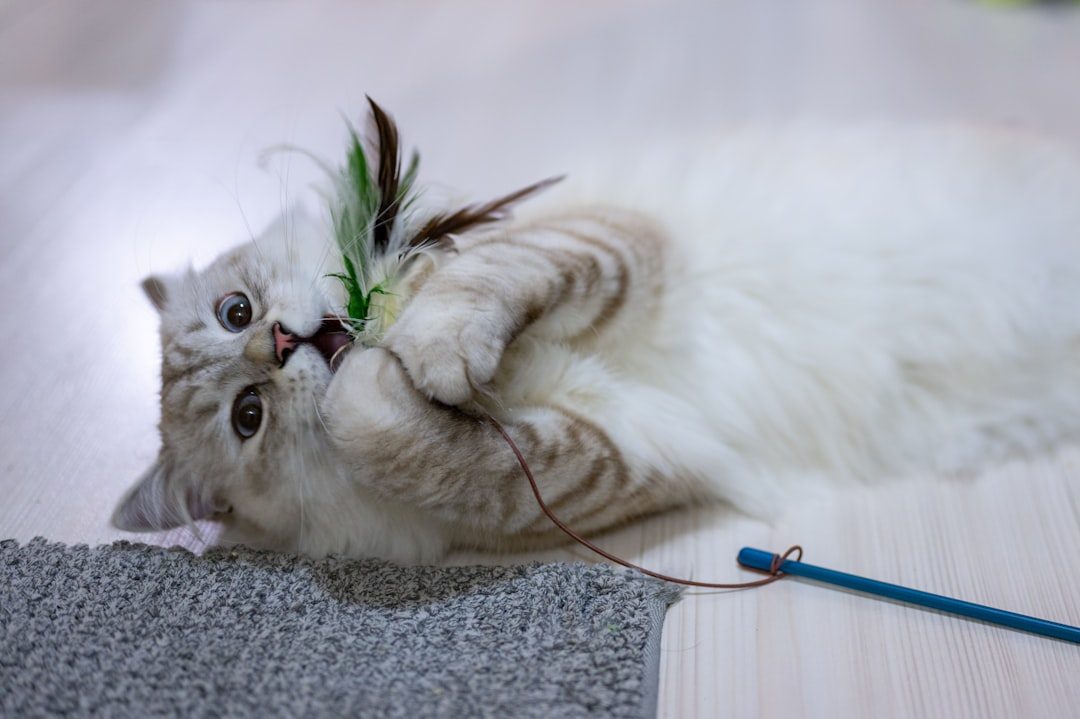
You might think that providing food, water, and a litter box covers all your cat’s basic needs. Many cat owners believe their feline friends are low-maintenance pets who don’t require much beyond these essentials. This minimalist approach to cat care is based on fundamental misunderstandings about feline needs.
The narrative that cats have minimal needs may contribute to their popularity as pets, however, the scientific evidence paints a different picture, and cat owners need to think about how they are providing their felines with the quality of environments and experiences they need to thrive in human homes. Many cat caretakers assume that their pets do not need opportunities to interact with novel stimuli or experience diverse social interactions, but growing scientific evidence suggests that early exposure to other cats, humans, and a variety of environmental stimuli can benefit a cat’s social behavior and overall cognitive development.
Your cat needs mental stimulation, environmental enrichment, opportunities for natural behaviors like climbing and hunting through play, and yes, social interaction with you. While cats have a reputation for being independent, they need just as much care as dogs do, including regular vet visits, daily exercise and mental enrichment, and plenty of positive attention from their guardians. The “low-maintenance” label is doing your cat a disservice.
Conclusion
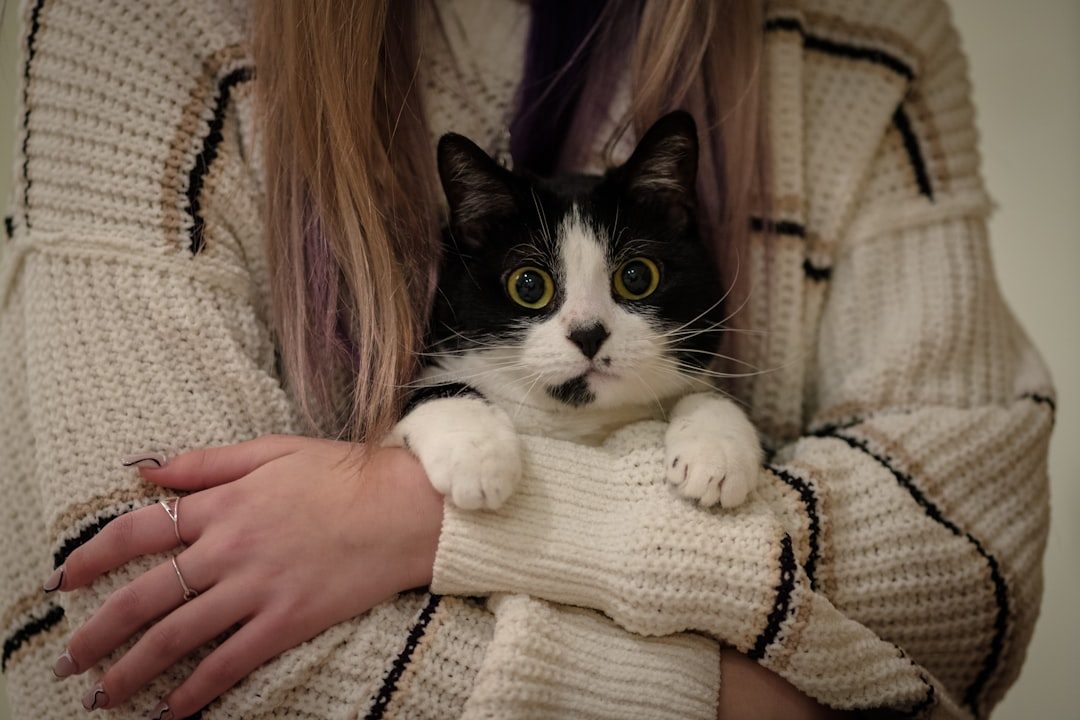
Understanding your cat’s true motivations transforms your relationship from guesswork to genuine communication. Cats are not out to frustrate or punish us, they are communicating needs, soothing themselves, or simply playing, and when we let go of the idea that our cats are tiny, furry humans with complicated motives and cynical inner lives, we start to see them more clearly for who they are, and that shift not only prevents misunderstandings, it also deepens the trust and affection that make sharing our lives with them so rewarding.
Remember that your cat’s behaviors stem from instinct, emotion, and physical needs rather than calculated human-like intentions. Next time you see your feline companion doing something that seems puzzling or frustrating, take a step back and consider what they might really be trying to communicate. What do you think? Have you been misreading some of your cat’s signals? Tell us in the comments.





